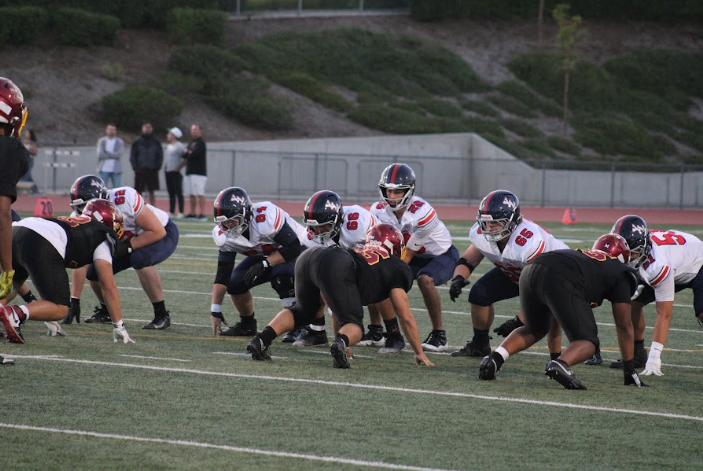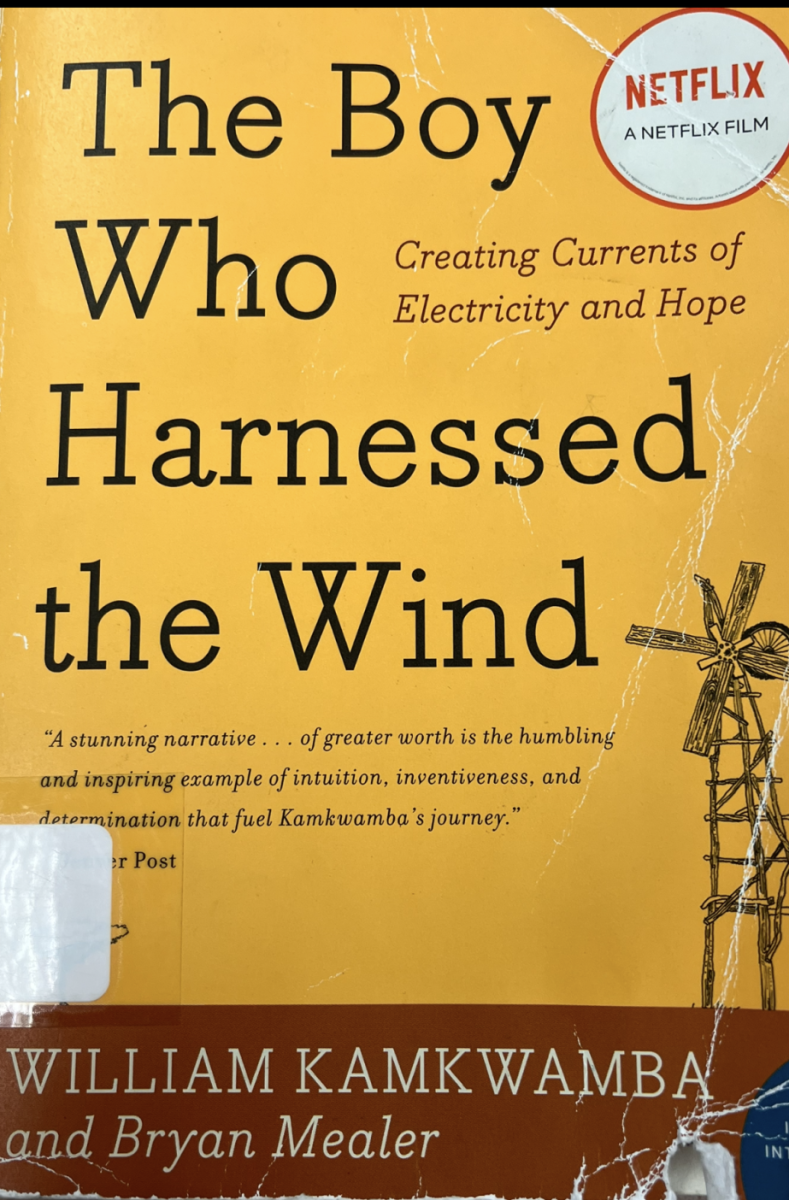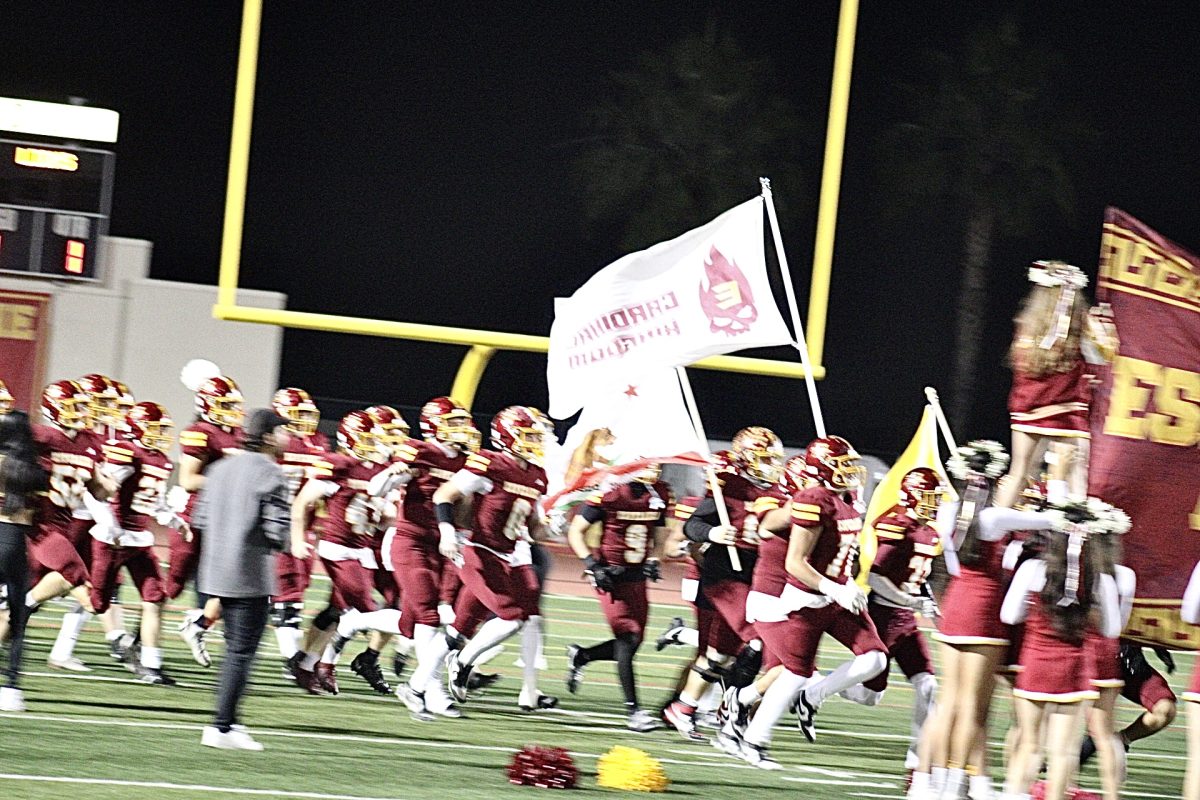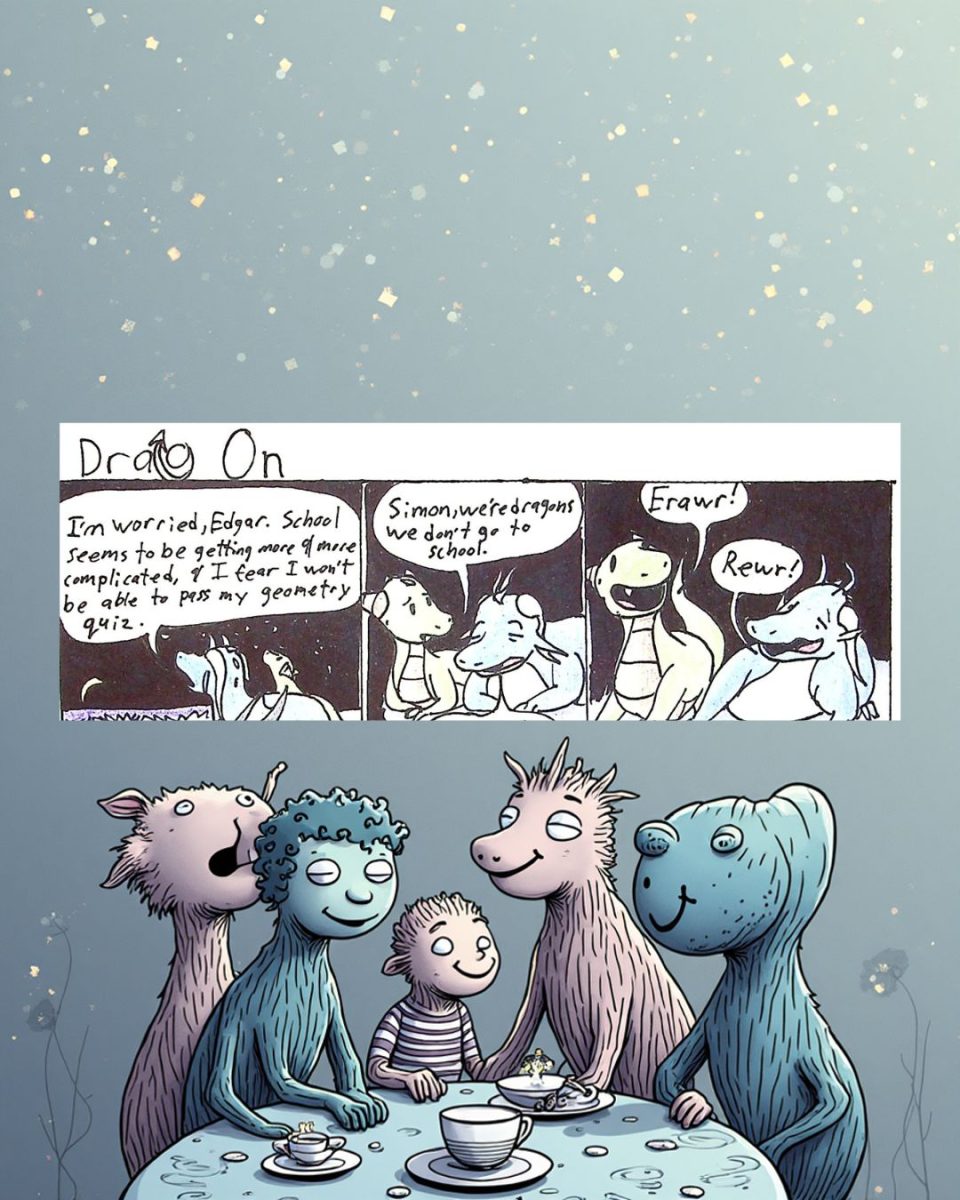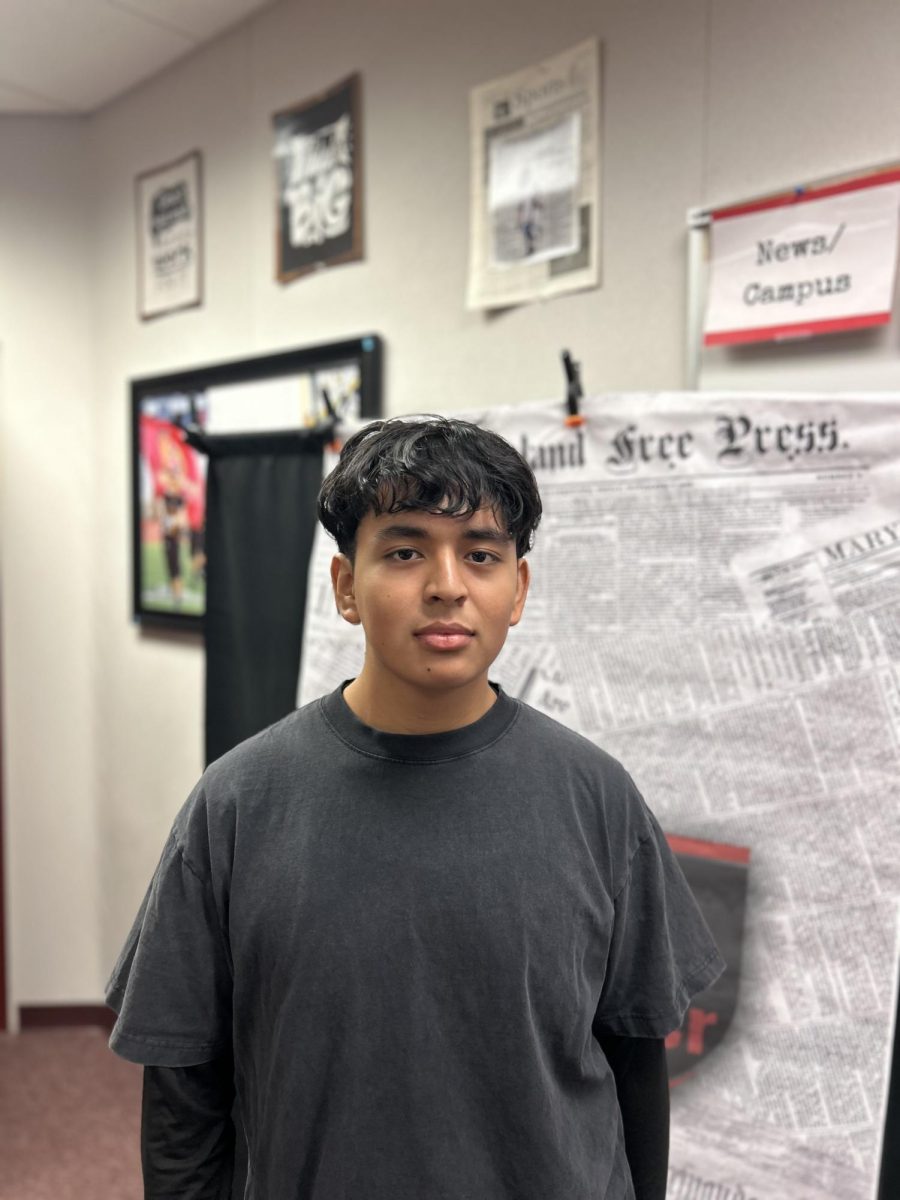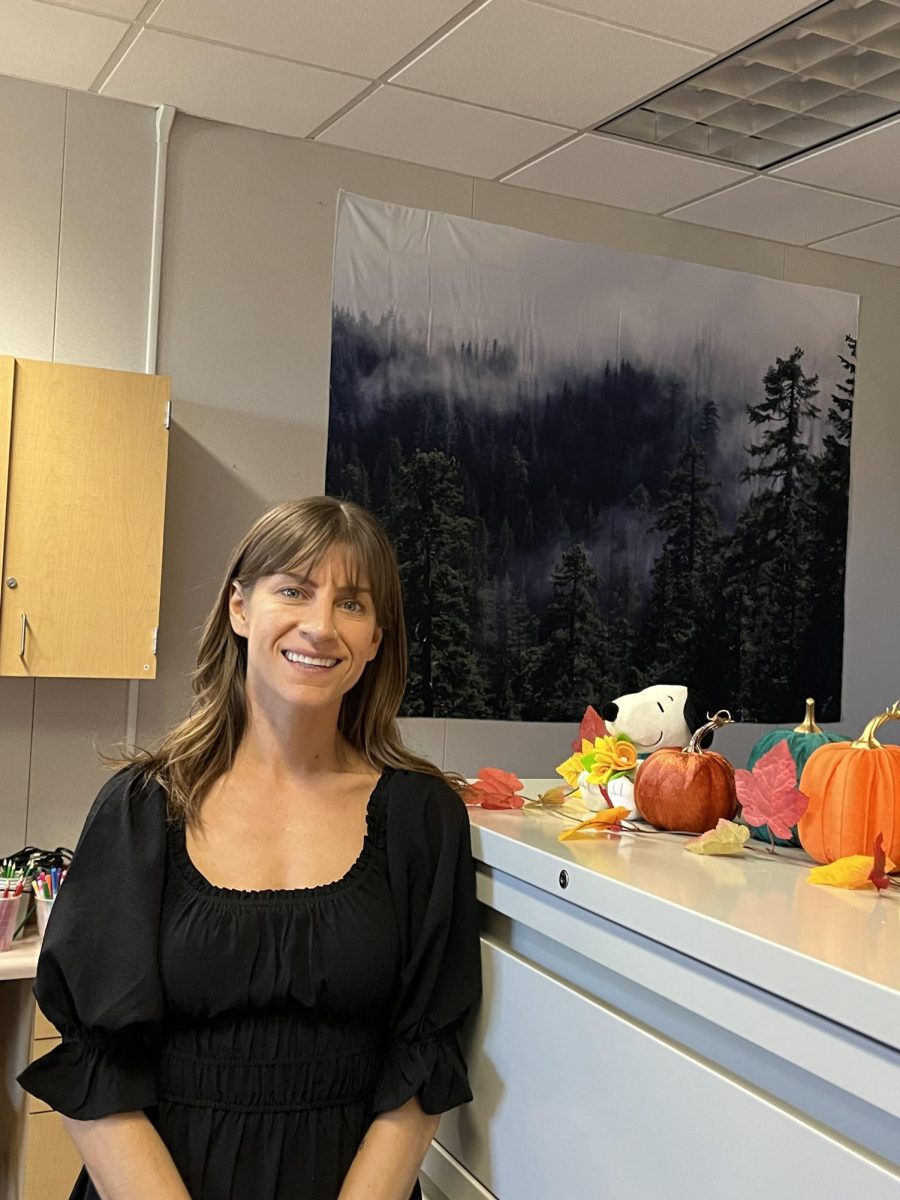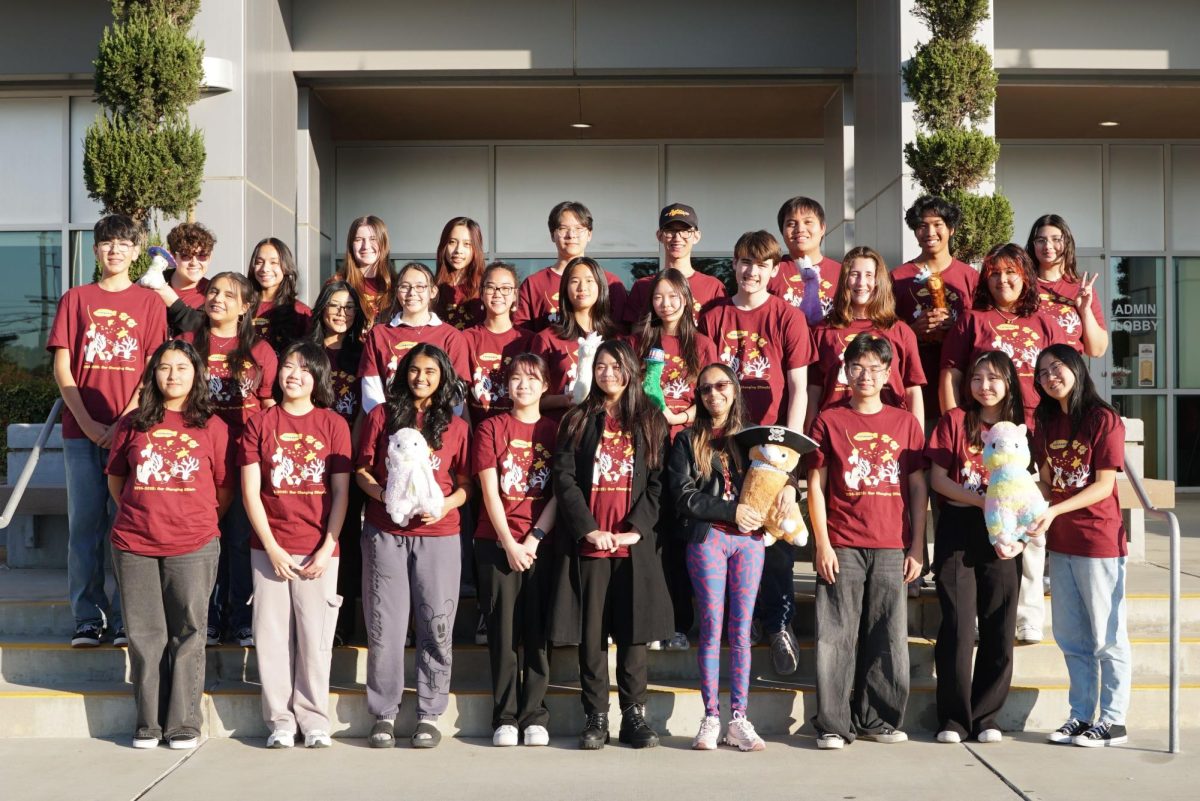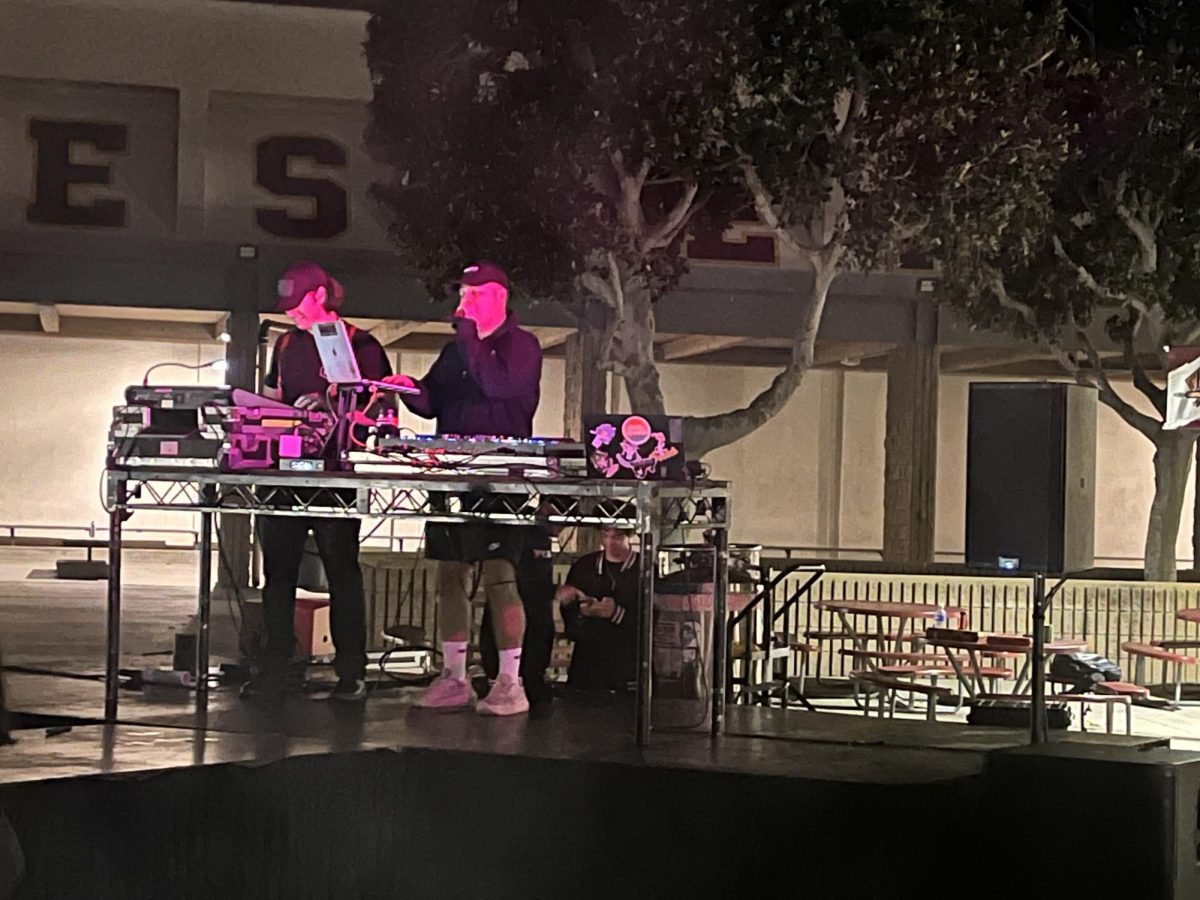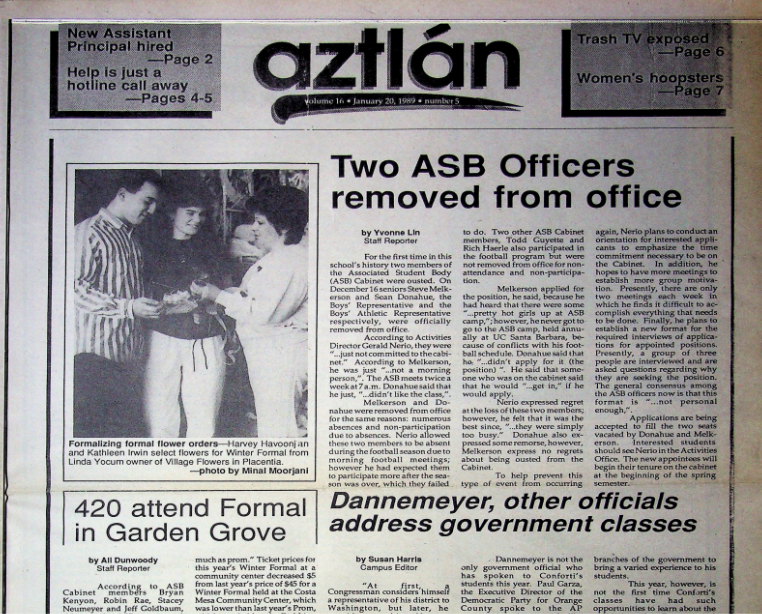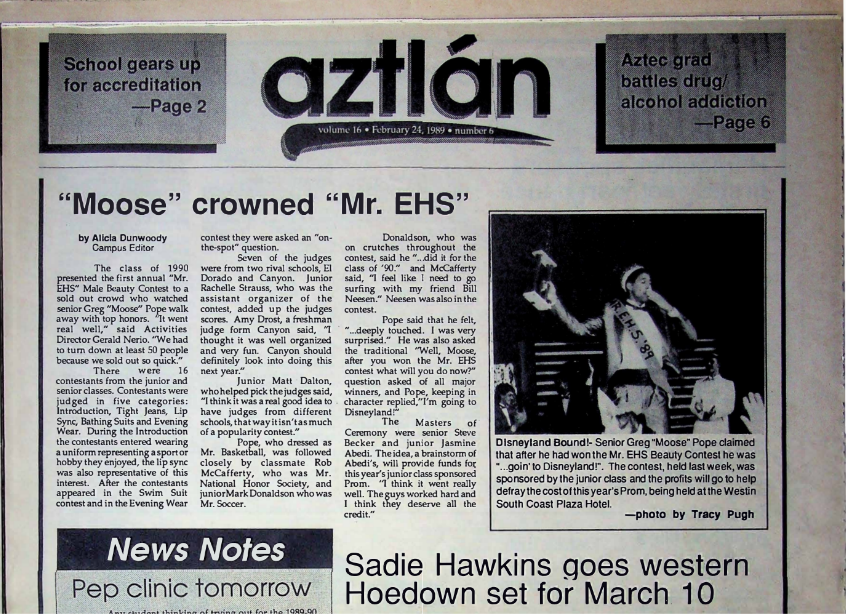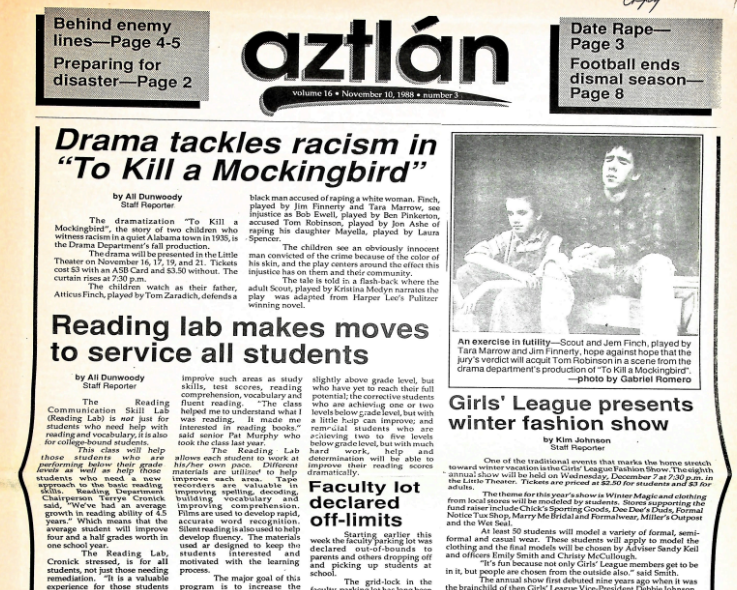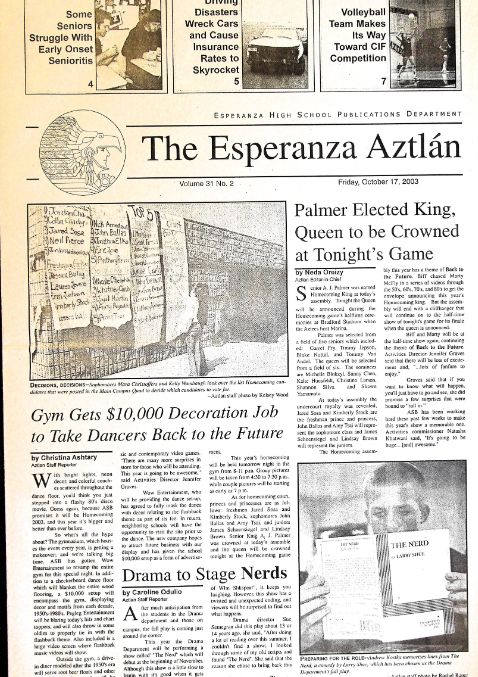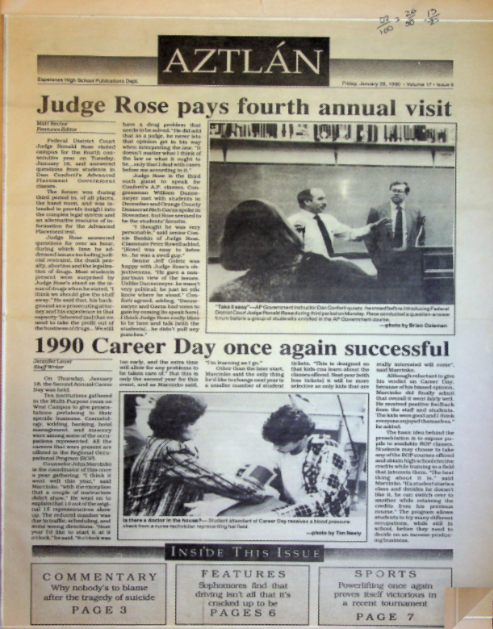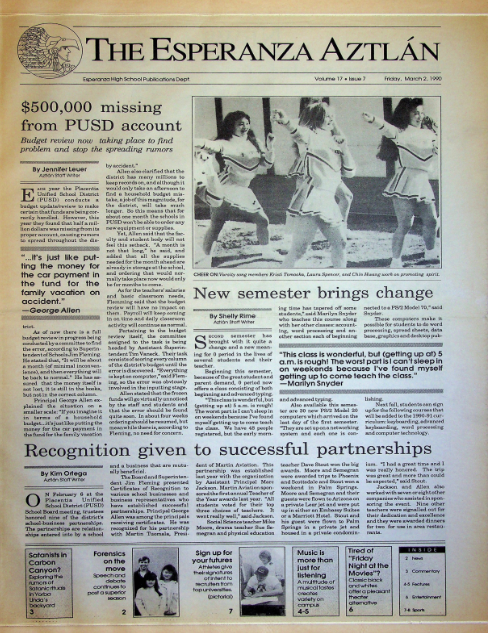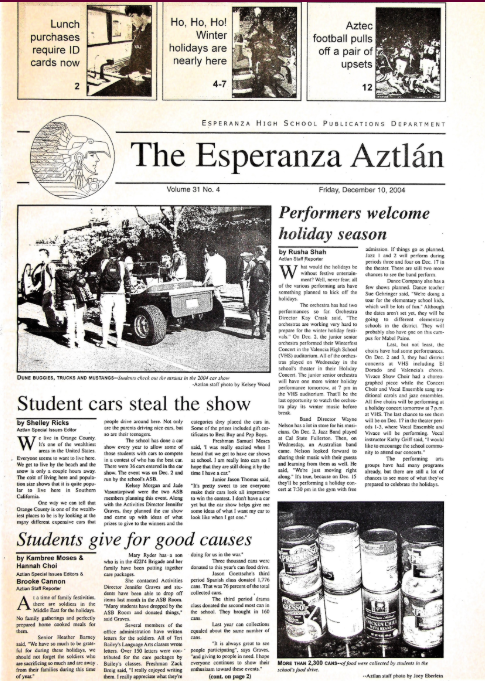Foreign Exchange Students Experience the US Classroom
More stories from Karem Trindade
The school has been receiving many foreign exchange students from different parts of the world, who come and go. However, there are two types of foreign exchange students; the ones that are here for the experience of being a student in California and those who are here to study, learn, go to college and maybe even build their lives here. The second type of foreign exchange students be addressed here.
Visiting a foreign country might be fun, but at the same time it could be difficult. Communication, transportation and so forth are all challenges to overcome. Imagine visiting this foreign country but instead of vacation, it’s permanently. Living in a country that is not your own would bring you to learn a different language, adapt to the food and adapt to something even bigger, the culture. Junior Hart Zhang, a foreign exchange student from Beijing, China, is an example that culture shock is real. “The language, the food, the way of talking and thinking and even the way people are treated is different,” said Zhang.
Even though the culture shock is big, they find their means of surviving and adapting to the new culture, especially in terms of school. In China, teenagers only have to take three years of high school and they stay in the same classroom with the same classmates their entire three years. Instead of the students moving from one class to another, the teachers rotate, and not all the grades know each other. “It’s 30 students in a class and we don’t move,” said Zhang, “so the freshmen don’t know the sophomores, and the sophomores don’t know the juniors.”
On the other hand, senior Elena Fongaro, a foreign exchange student from Venice, Italy, said schools are way different in Italy from China and the U.S. “It’s just school [and] studying,” said Fongaro, “we don’t have sports or clubs.” She also explained that in Italy, teenagers are in high school for five years, and they have 11 subjects. On their fifth year they have their finals in the summer, which includes all they have learned for the five years.
Although they have this big school adaptation, they also have their favorite things about Americans and their culture. Zhang loves how everyone is so positive and helpful. “I like their can-do attitude,” said Zhang.
In Zhang’s eyes, the education in the U.S. is what he appreciates the most. “I like the way [Americans] teach, I can observe more,” said Zhang, “in China they just put the textbook [in front of you] with a bunch of questions and let [you] figure it out.”
Fangaro likes the way their social life is not isolated from their school life. “[Americans] combine social life with school,” said Fongaro, “in Italy, teenagers have their private life outside of school.”
Despite all the challenges and adaptations that foreign exchange students like Zhang and Fongaro face, they have their host families there for them, portraying the American culture and teaching them about it. These students love them, and love how they support their totally different culture and show interest in it. “They ask a lot of questions about the Chinese culture,” said Zhang, “for the Chinese New Years, they made some Chinese food for me.” Fongaro said that her host family is really curious about, not only her Italian culture, but also about the overall European culture.
Moving from one home to another has its difficulties as does moving from one country to another. While the American culture is different from what they are accustomed to, Zhang and Fongaro’s love for American culture is able to outweigh the difficulties.






